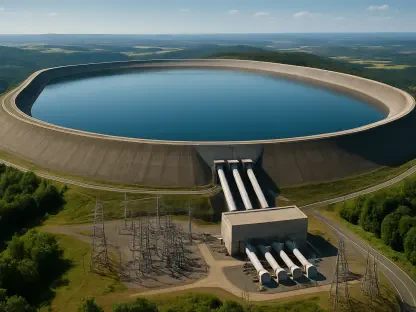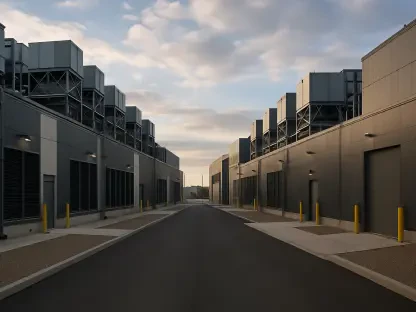Saanich’s district has observed a significant reduction in greenhouse gas emissions, recording a 1.2 percent decrease over the past year despite the district’s growing population. This improvement represents a cumulative 19 percent decline from 2007 baseline levels, which, when adjusted for community growth, translates to a substantial 28 percent reduction. The district’s extensive climate action plan outlines 131 action items, with 103 of these either completed or currently in progress. This robust plan reflects Saanich’s commitment to achieving ambitious sustainability goals and reducing its environmental footprint.
Key Efforts and Progress
Among the critical initiatives outlined in Saanich’s climate action plan is the electrification of the district’s small vehicle fleet. By transitioning to electric vehicles, the district aims to significantly cut emissions from its transportation sector. Enhancements to the active transportation network and public transit systems, along with the promotion of remote work, have further driven success in reducing greenhouse gas emissions. These efforts culminated in a remarkable 28 percent reduction in emissions from transportation alone.
Rebecca Newlove, the director of sustainability, emphasized the necessity of maintaining these measures, noting that some established policies will require time to demonstrate their full impact. The district’s building retrofit strategy, which aims to increase energy efficiency, and the zero-carbon step code, which seeks to convert all building systems to electricity, are prime examples of long-term strategies poised to make substantial contributions to emission reductions. While initiatives like the e-bike incentive program have shown immediate results, more intricate strategies such as the step code are projected to take up to nine years to manifest their benefits fully.
Mayor Dean Murdock acknowledged that reaching climate goals necessitates significant projects, robust policies, and community incentives. He underscored the importance of balancing ambitious climate targets with the district’s budget constraints. Achieving these objectives requires substantial investment in infrastructure and human resources, which must be weighed carefully against financial limitations. Therefore, Saanich must strategically prioritize its investments to maintain progress in achieving its climate action goals.
Challenges and Constraints
Despite these commendable efforts, concerns have surfaced among council members regarding the budget’s sufficiency in allocating human resources for crucial initiatives. These initiatives include biodiversity conservation and the road safety action plan, both integral to Saanich’s comprehensive approach to sustainability. Mayor Murdock assured that capital improvements, such as sidewalks and bike lanes, would continue to receive attention, although additional staffing support might not be feasible under current budget constraints.
The Capital Regional District’s climate projections serve as a stark reminder of the urgency to invest in resilience measures. Projections indicate a significant increase in heatwaves by the 2050s and 2080s, emphasizing the need for proactive measures to mitigate future consequences. Newlove’s briefing to the council highlighted the substantial economic advantages of proactive resilience compared to the high costs associated with reacting to climate change impacts. Strategically investing now in resilience and adaptation measures can prevent costly disruptions and bolster the community’s ability to withstand future climate challenges.
Future Considerations
The district of Saanich has seen a notable drop in greenhouse gas emissions, with a 1.2 percent decrease over the past year despite a rising population. This progress marks a collective 19 percent reduction from 2007 levels, which, when factoring in community growth, corresponds to an impressive 28 percent decrease. Saanich’s comprehensive climate action plan includes 131 initiatives, of which 103 have either been concluded or are currently underway. This extensive approach underscores Saanich’s dedication to meeting ambitious sustainability objectives and lessening its environmental impact. The progress is a testament to the positive impact that well-planned and executed climate strategies can have, especially in fast-growing regions. Each completed action brings Saanich closer to long-term ecological sustainability, making it a model for other districts aiming to balance growth with environmental stewardship.









